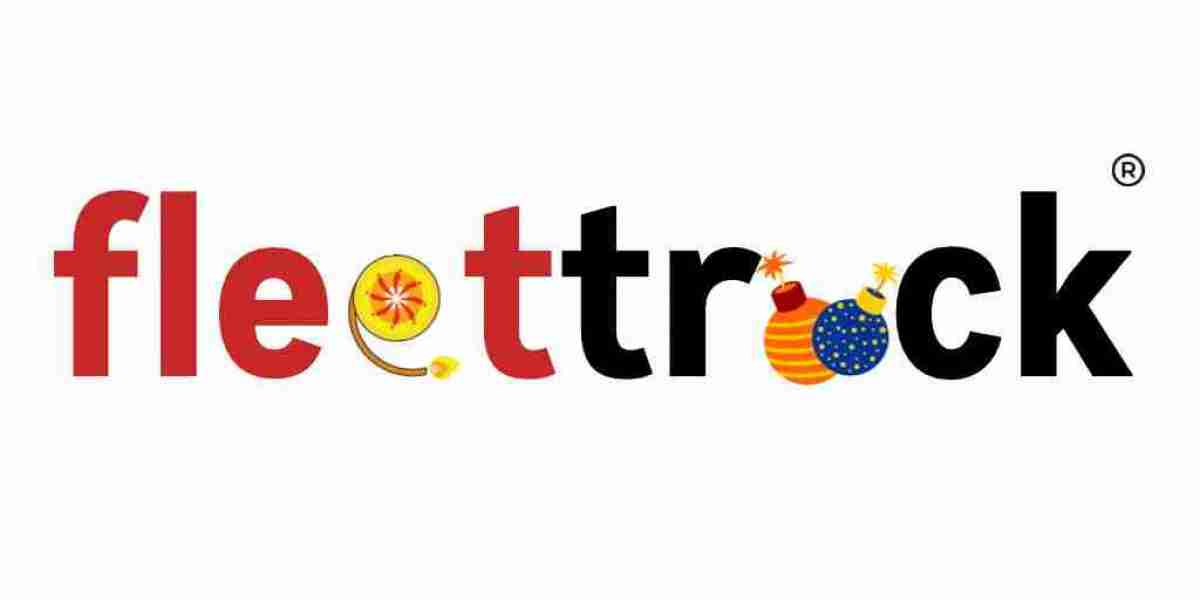The evolution of the inDriver business model provides a fascinating glimpse into how this innovative ride-hailing platform has adapted and grown since its inception. From its humble beginnings in Yakutsk, Russia, to its global expansion, inDriver has continuously refined its approach to meet the evolving needs of both passengers and drivers. This article delves into the key stages of evolution that have shaped the inDriver business model over time.
Origins and Early Innovations
inDriver was conceived in 2012 during a harsh winter in Yakutsk, Russia, when traditional taxi services struggled to meet the demand. A group of students initiated a social media group where passengers could post ride requests and suggest their fares, marking the genesis of inDriver's fare negotiation system. This grassroots initiative highlighted a gap in the market for flexible and affordable transportation solutions, paving the way for the official launch of the inDriver app in 2013.
Introduction of Fare Negotiation System
The introduction of inDriver's dynamic fare negotiation system was a pivotal moment in its evolution. Unlike traditional ride-hailing platforms that set fares based on algorithms, inDriver empowered passengers to propose their desired fare when requesting a ride. This innovative approach allowed drivers to accept, negotiate for a higher amount, or decline the offer, fostering a competitive pricing environment that benefited both passengers and drivers. The fare negotiation system not only differentiated inDriver from competitors but also enhanced user satisfaction and driver earnings potential.
Expansion and Market Penetration
As inDriver gained traction in Russia, it embarked on a strategy of rapid expansion into international markets. The company strategically targeted cities and regions that were underserved by traditional taxi services or existing ride-hailing platforms. This included markets with emerging economies where transportation costs were prohibitive for many residents. By adapting its services to local needs and preferences and forming strategic partnerships, inDriver successfully established a presence in over 450 cities across 30 countries, solidifying its position as a global player in the ride-hailing industry.
Adjustment of Commission Structure
inDriver's commission structure has evolved over time to better align with the needs of drivers and market dynamics. Initially launched with no commission fees to attract users, inDriver later introduced a nominal commission ranging from 5% to 10% of the fare. This contrasted sharply with the higher commission rates charged by competitors like Uber and Lyft, which typically range from 20% to 30%. The lower commission rate incentivized drivers to join the platform and provided them with a competitive edge in maximizing their earnings, contributing to driver satisfaction and retention.
Technological Advancements and User Experience
Technological advancements have played a crucial role in enhancing the inDriver user experience. The inDriver app underwent continuous improvements to streamline operations, facilitate efficient ride matching, and provide real-time updates to users. Advanced algorithms and a user-friendly interface enabled passengers to navigate fare negotiations, track their rides, and provide feedback seamlessly. These enhancements not only improved overall customer satisfaction but also reinforced inDriver's commitment to innovation and user-centric design in the competitive ride-hailing market.
Community Engagement and Feedback Integration
Throughout its evolution, inDriver has prioritized community engagement and feedback integration as essential components of its business strategy. The company actively solicits feedback from users to identify areas for improvement and implement enhancements that enhance service quality and customer experience continually. By maintaining transparent communication channels and addressing user concerns promptly, inDriver has cultivated a loyal user base and built a reputation for responsiveness and customer-centricity.
Conclusion
In conclusion, the evolution of the inDriver business model reflects a journey of innovation, adaptation, and strategic growth within the ride-hailing industry. From pioneering the concept of fare negotiation to expanding globally and refining its commission structure, inDriver has continuously evolved to meet the changing demands of the market and exceed customer expectations. As inDriver continues to innovate and expand its footprint, its commitment to flexibility, affordability, and user empowerment remains at the forefront of its mission to redefine the transportation experience for passengers and drivers alike.








